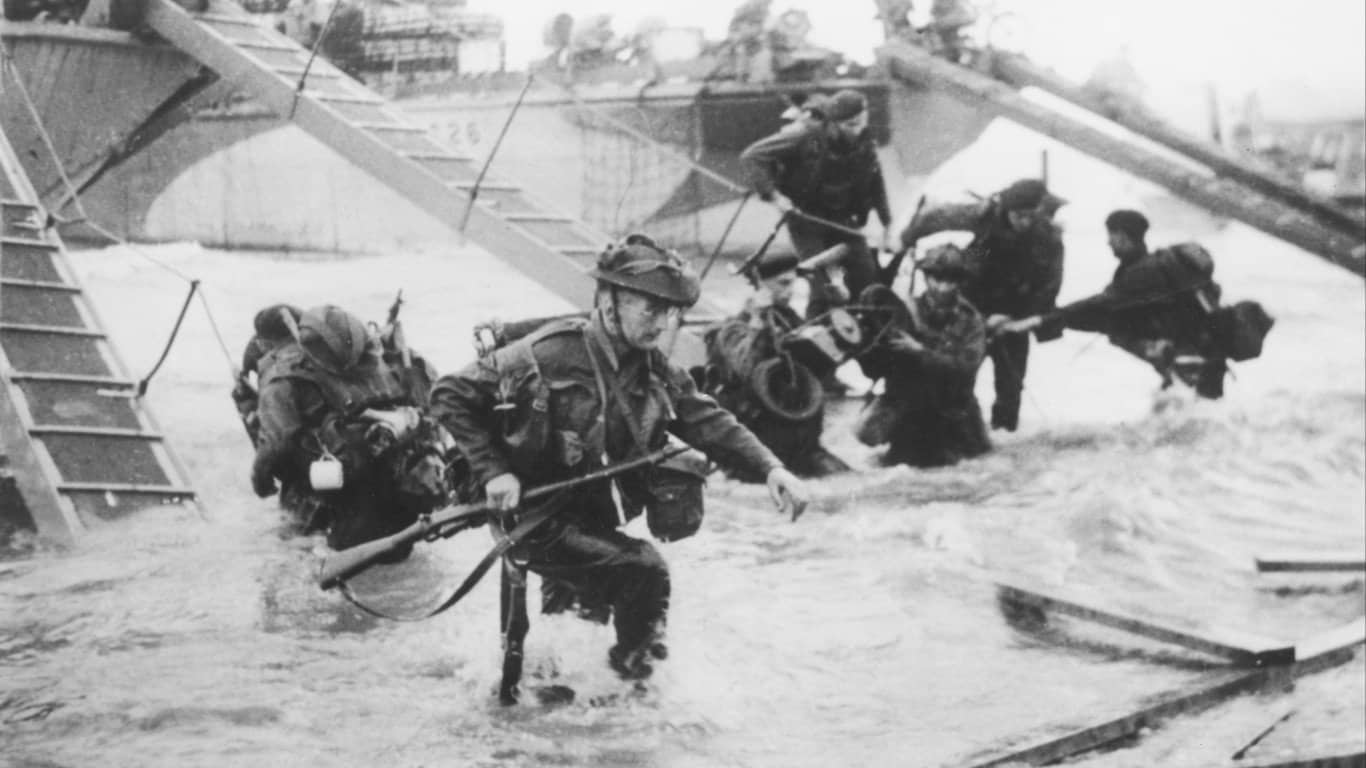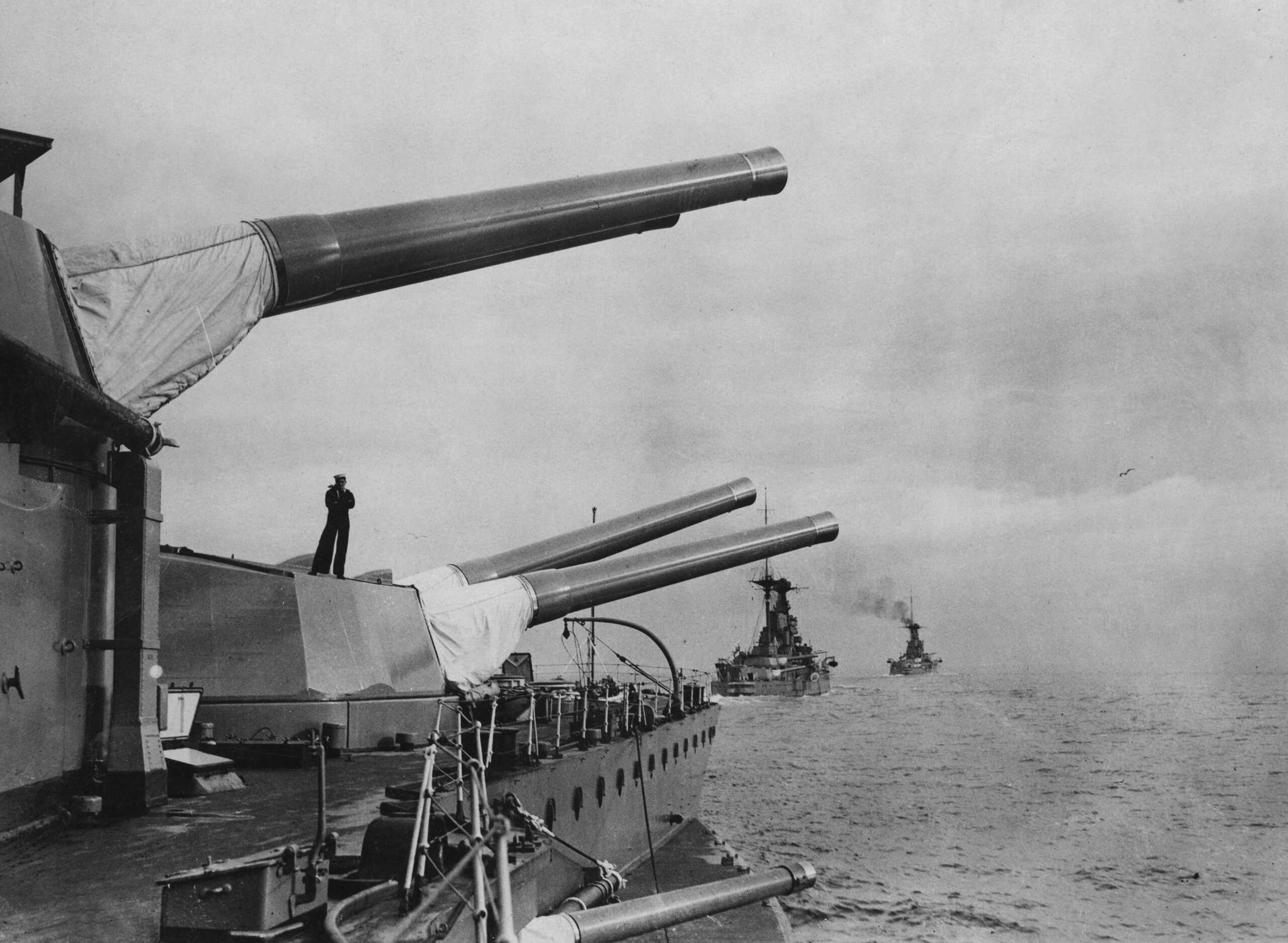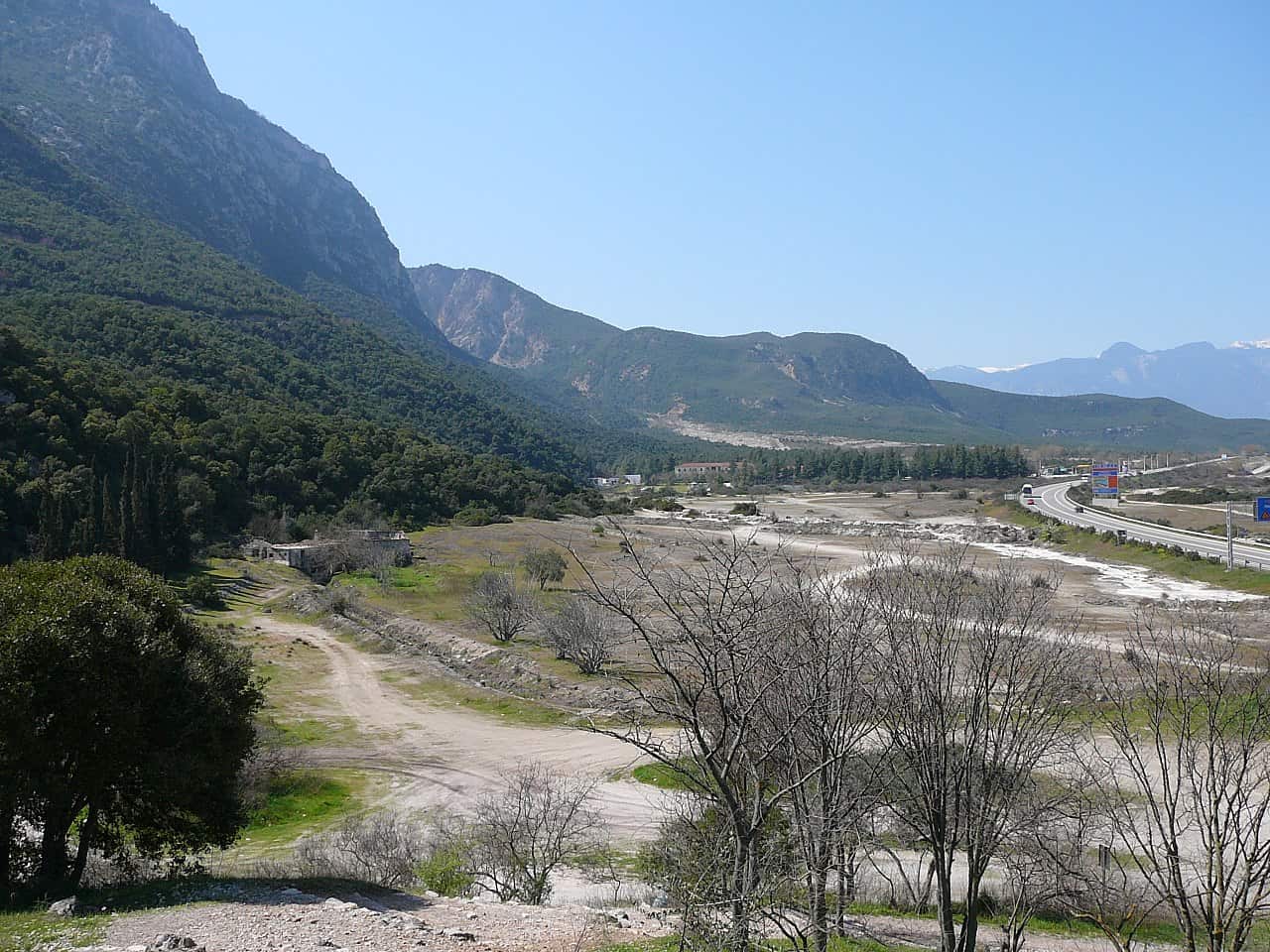There are currently 195 countries in the world, and though it may feel like everyone has their place, the world is always changing, and the people who inhabit a country now likely weren’t there in the past. Over the course of history, many battles have been waged worldwide, and the results of those battles have changed the global landscape. Today, we’ll talk about the most famous battles in world history. We’ll look at when they happened, why they happened, the results, and how many of them shaped our world in more ways than one.
Since there have been so many battles, 24/7 Tempo found the most famous of these alterations by reviewing educational sources and sites about world history, including Britannica, The Institute of World Politics, and the Imperial War Museum, among others. Without further ado, we present our list of the most famous battles in World History. (Click here to learn more about the 10 deadliest battles in world history.)
Battle of Stalingrad: August 23, 1942 – February 2, 1943
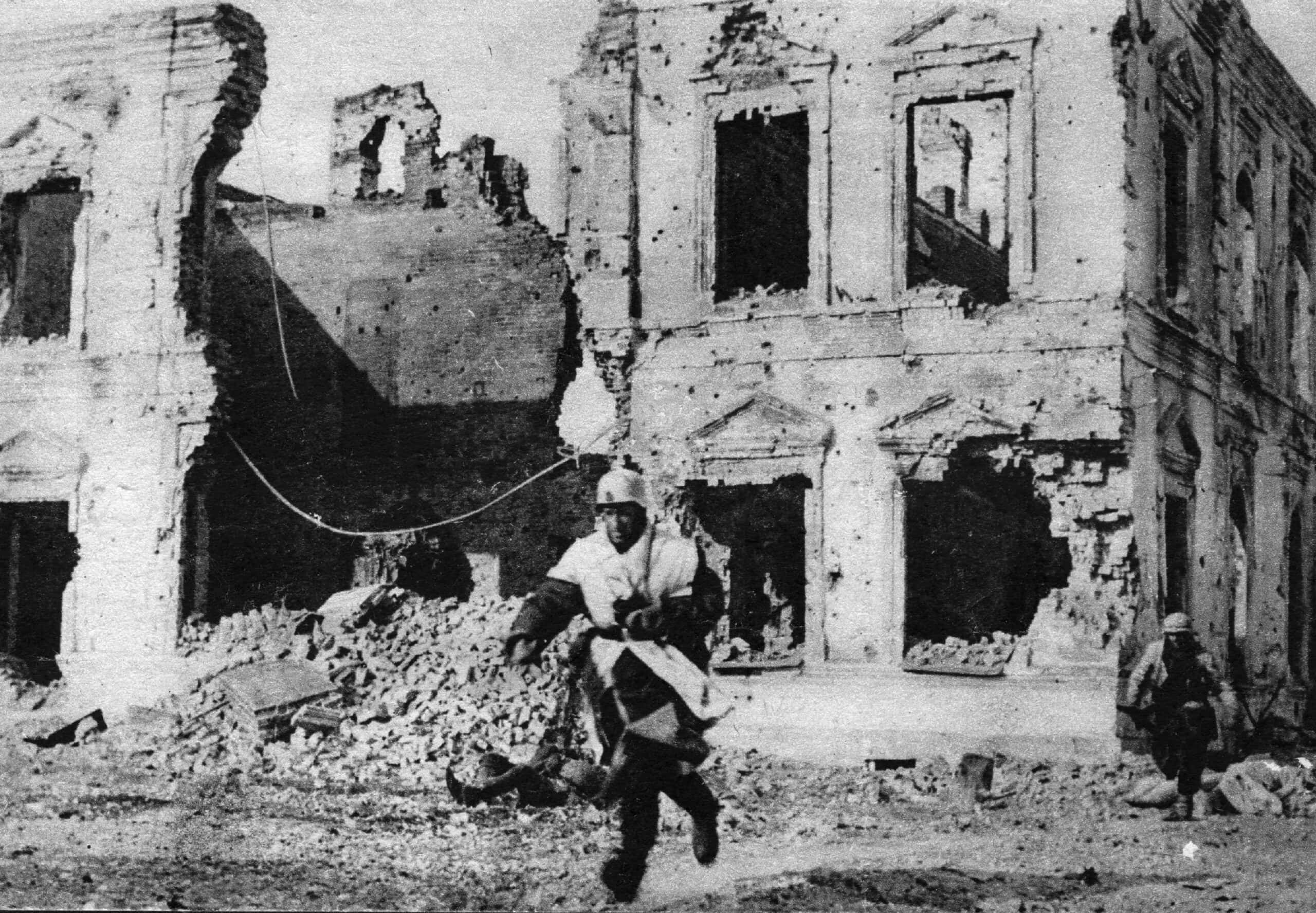
October 1942: These destroyed houses have now become strategic points for the Nazis in Stalingrad. During an attack they are advancing by running from house to house. They wear white wraps over their uniform as a winter camouflage. The Nazis had been planning to occupy Stalingrad long before the winter, but after the first snowfall the Germans are still hammering the inside defences of the city. A mass of ruins and wrecked buildings give the city a ghostlike effect. (Photo by Keystone/Getty Images)
One of the famous battles in world history is also one of the bloodiest, and it’s the World War II battle of Stalingrad. This altercation was a turning point in the war, especially for the Germans. They lost so many men and supplies that they could never quite recover. Stalingrad was a city in Southwest Russia named after Joseph Stalin.
The battle occurred between the end of 1942 and the beginning of 1943. It started when the German Air Force bombed the city. They reduced much of it to rubble and began to occupy the area. However, the Soviet troops there did not give up. Instead, they hid all over the city, from the roofs of buildings to the sewers, and attacked the Germans whenever they could. Eventually, the German numbers began to dwindle, and they were surrounded. They tried to hold out, but food was sparse, and the weather was freezing. Eventually, the Germans surrendered. In the end, about 500,000 Russians and 750,000 Germans perished.
Battle of Jutland: May 31, 1916 – June 1, 1916
The Battle of Jutland is considered one of the most famous battles in world history because it was the largest naval battle during World War I. The German High Seas Fleet had a plan to weaken the British Royal Navy by ambushing them at sea and destroying as many of their ships as possible. However, codebreakers in the British army were able to learn of Germany’s plans, and they showed up ready for battle. All in all, about 250 ships and 100,000 men were in the altercation. When the full force of the British Navy arrived, the Germans turned for home. Neither side was a major winner in the battle, but it proved the British Navy’s might.
Battle of Waterloo: June 18, 1815
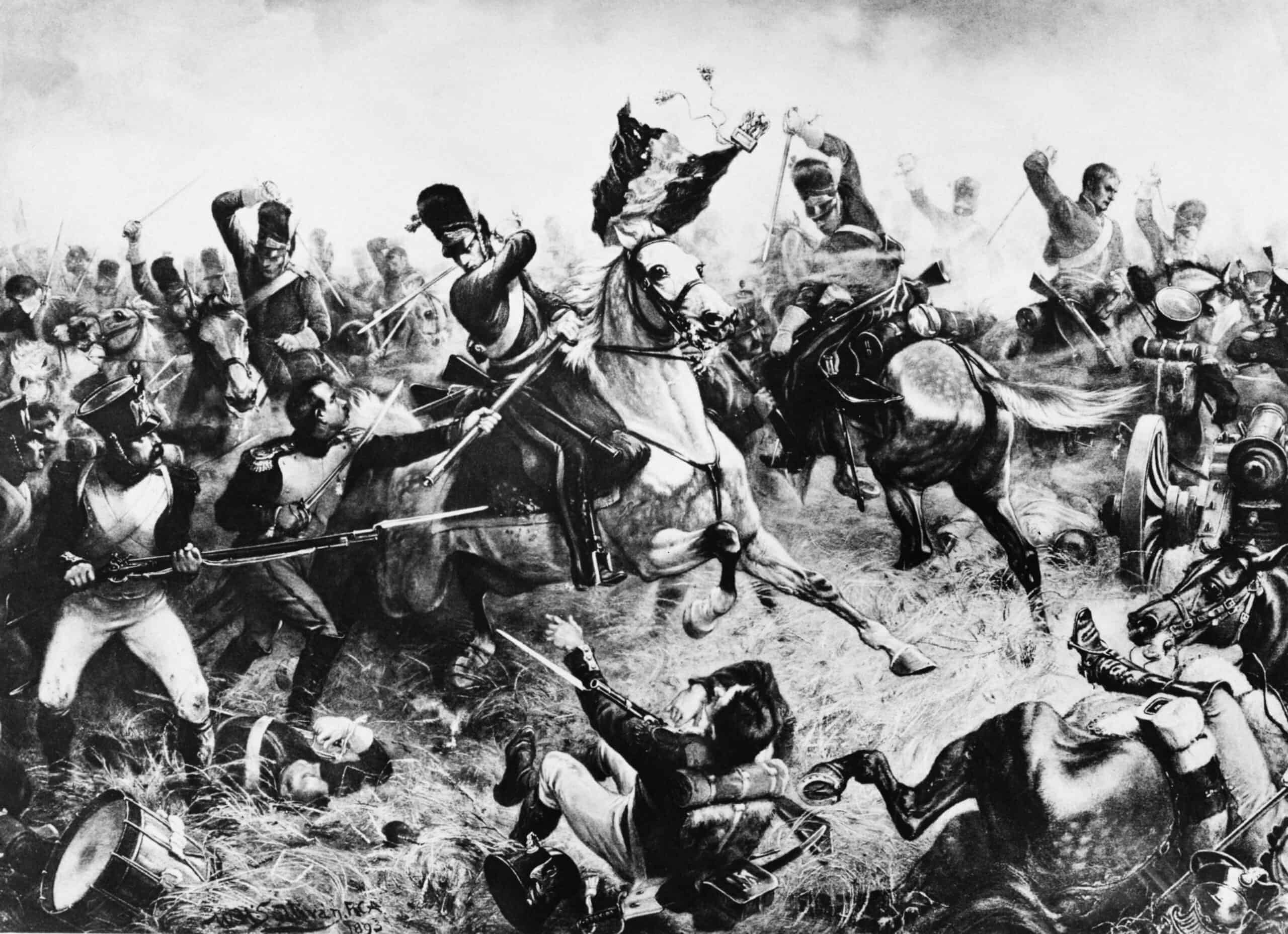
British soldier Sergeant Charles Ewart (1769 - 1846, mounted, centre, left) of the Scots Greys capturing the regimental eagle of the 45e Regiment de Ligne (45th Regiment of the Line) at the Battle of Waterloo, Belgium, 18th June 1815. From a painting by Sullivan. (Photo by Hulton Archive/Getty Images)
This famous battle took place during the Napoleonic Wars. This altercation was between the armies of Prussia and Britain versus Napoleon Bonaparte’s French soldiers, which happened on June 18, 1815. This is considered to be Napoleon’s last stand. Napoleon sent in wave after wave of French soldiers, but the British pushed back, and eventually, the Prussia army showed up to join the fight. Although many men were lost, the French army ran away, ending the battle. Napoleon was sentenced to live on the island of Saint Helena, thus ending the Napoleonic Wars.
Battle of Gettysburg: July 1, 1863 – July 3, 1863
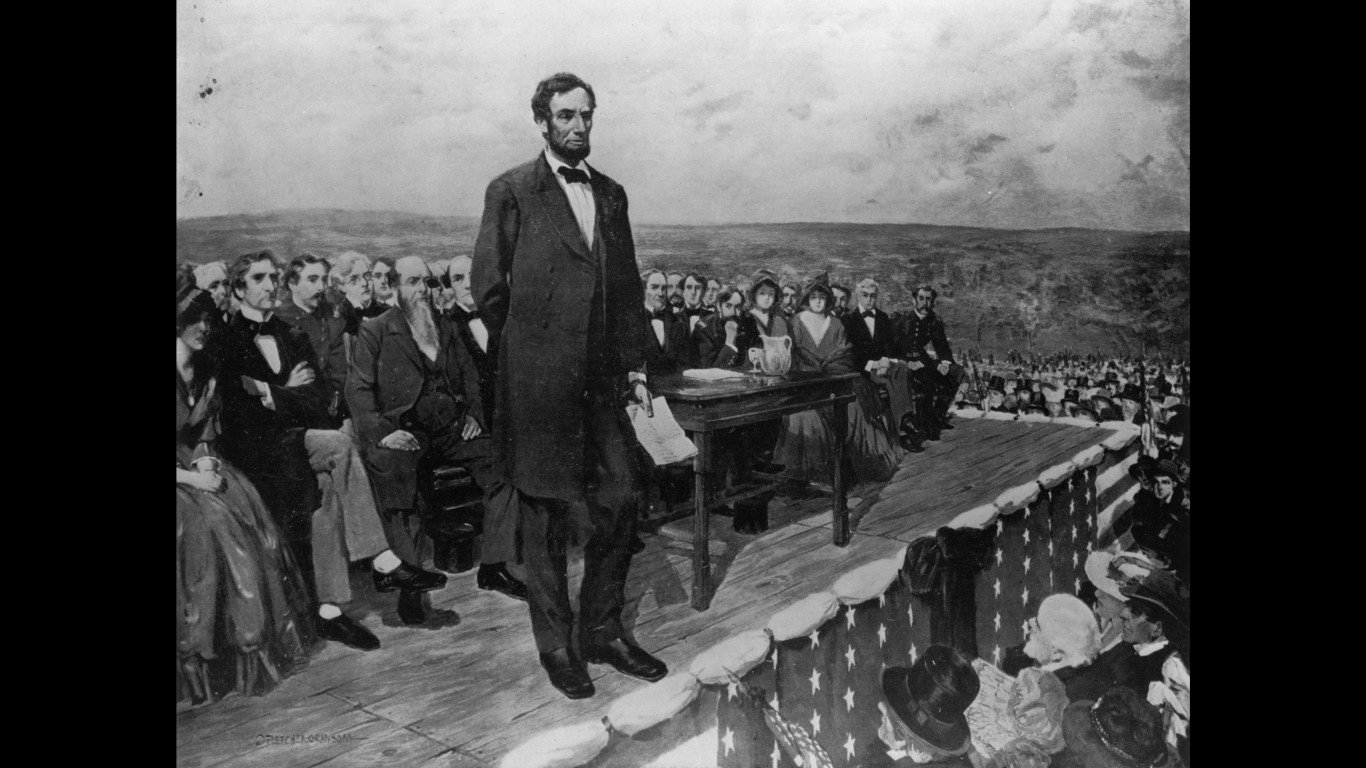
Another of the most famous battles in World History occurred in America. The Battle of Gettysburg (Pennsylvania) was also one of the most important moments during the Civil War, especially for the North. The Confederate Army had invaded the North and sought to defeat the Union Army and end the Civil War. However, it proved not to be that easy.
The Battle of Gettysburg took place over three days. On day one, the Union Army didn’t quite have their bearings, so it looked promising for the Confederates. However, by day two, both armies were at full force. On the third day, General Lee of the Confederate Army went all-in with 12,500 men. The attack, called [General] Pickett’s Charge, was unsuccessful, and the Confederates ended up retreating. The result was one of the deadliest of the great historical battles, with over 46,000 casualties, including 8,000 deaths. This battle was the source of President Lincoln’s great Gettysburg Address. Although it was only two minutes long, it was very impactful and has become one of the greatest speeches ever.
Battle of Thermopylae: September, 480 BCE
This battle occurred when Xerxes I and his Persian army launched a second invasion of Greece. They went head-to-head against an alliance of Greek city-states. The defense included a two-pronged plan. One was to stop a land invasion in its tracks at a narrow pass of Thermopylae, and the other was to stop a sea battle at the Straits of Artemisium. The Persian army was much larger, but the Greeks fought for seven days. Though they slowed down the Persian advance, the Persians remained victorious in the end.
Battle of Somme: July 1, 1916 – November 18, 1916
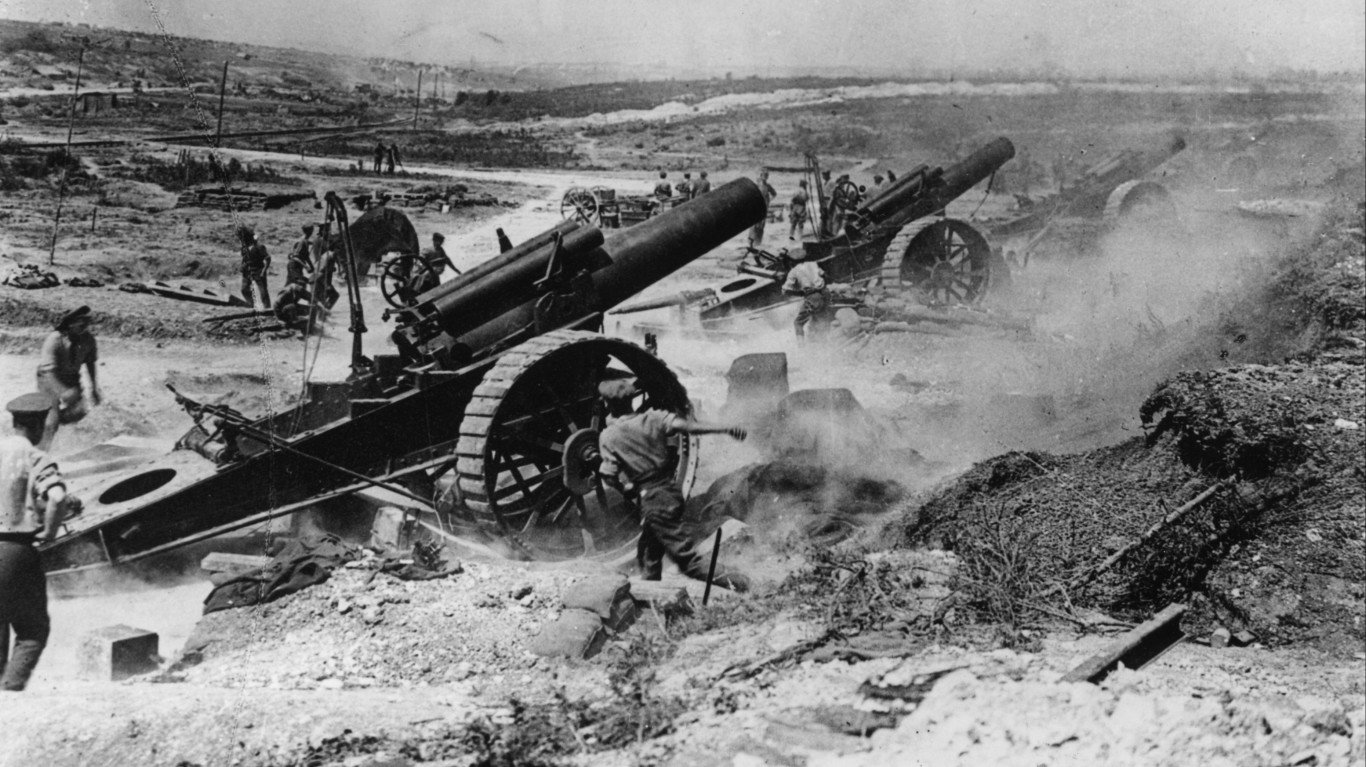
This famous World War I battle was one of the largest and longest battles that occurred during that time. It went from July 1st to November 18th of 1916. This was an altercation between the German Empire and the Allies (French and British). Commander-in-Chief Sir Douglas Haig led the British, and the German commanders included General Rupprecht, among others.
Both sides had engaged in trench warfare for two years, but neither was progressing. On July 1st, the Allies ordered thousands of British soldiers to leave the trenches and advance on the Germans. However, the approach wasn’t successful, and there were 60,000 casualties on the first day. Still, the Allies continued to attack, and over time, they began to gain ground and moved seven miles into enemy territory. By this time, there were over a million casualties from both sides combined. Many soldiers were lost during the Battle of Somme, and historians continue to debate whether either side was a real winner.
Storming the Beaches of Normandy: June 6, 1944
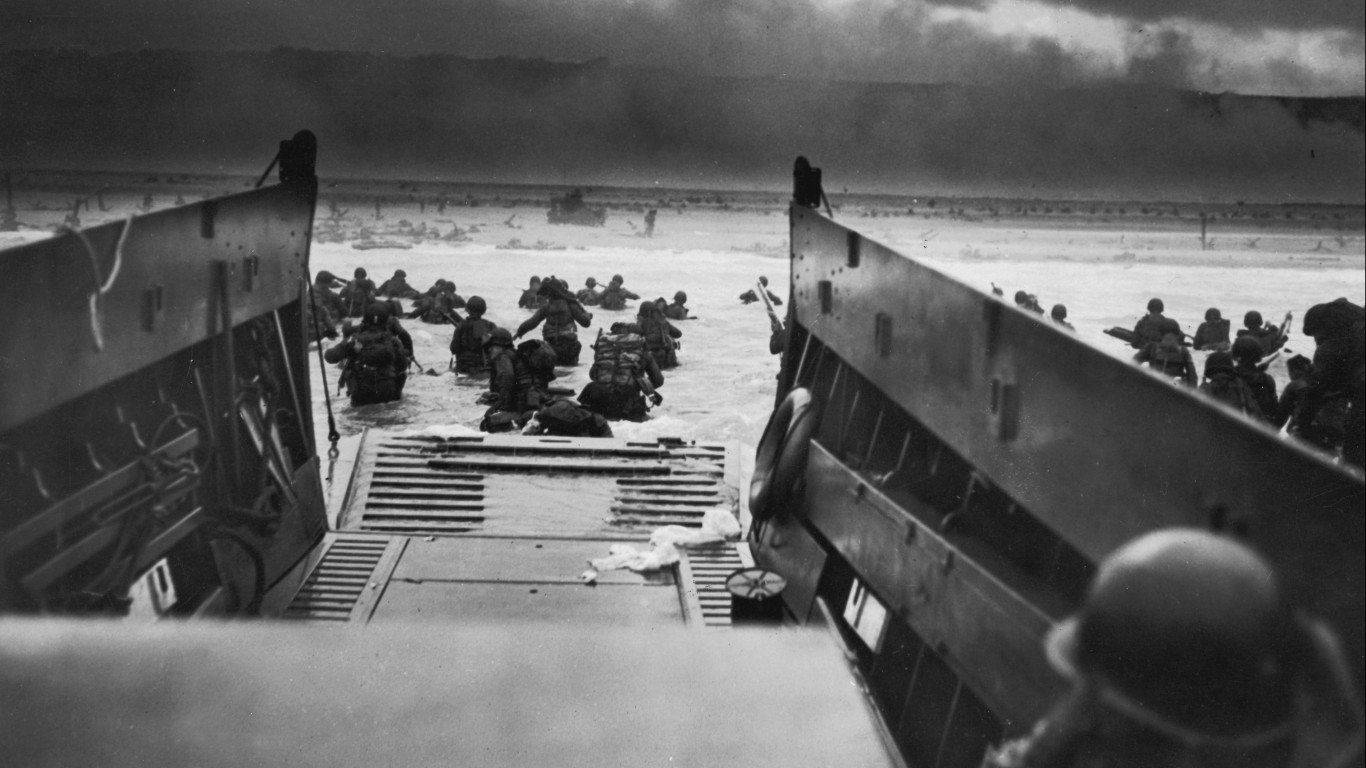
Perhaps the most historic World War II battle is D-Day, or when the Allied forces of Canada, America, Britain, and France stormed the beaches of Normandy to fight the German Forces that had occupied France. At this point, the Germans had already taken France and tried to take over Britain and the rest of Europe. To weaken their efforts, the Allies were routinely bombing the German forces. The Germans knew that a big attack was coming. However, the Allies tricked the Germans, who thought they would attack north of Normandy at Pas de Calais.
What occurred was a genius assault by the Allies. In addition to tricking the Germans about where they were attacking, the Allies also decided to go forward with the plan during a day with bad weather and overcast skies. The Germans likely thought they would call off the attack for that reason, but they did not. Further, the first wave of attack was with paratroopers who jumped in at night, fell behind enemy lines, and took out key targets. In addition to the soldiers, the Allies also dropped thousands of dummies to confuse the Germans.
The main invasion consisted of 6,000 ships carrying troops and weapons. The men stormed the beaches, and the combat was fierce. Many soldiers lost their lives that day. However, the invasion was successful, and by June, more troops had arrived and begun to push the Germans out of France.
Battle of Verdun: February 21, 1916 – December 18, 1916
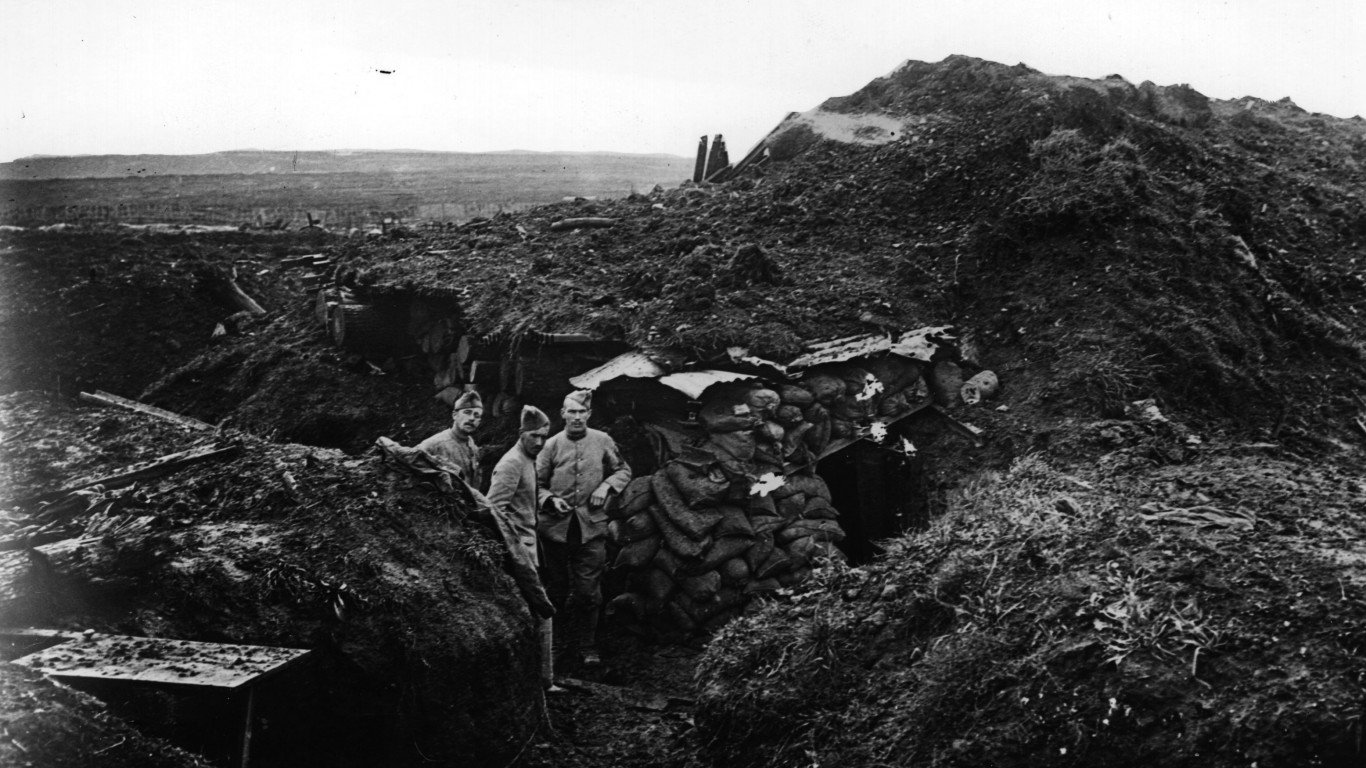
This is one of the most famous battles in world history because it was the longest and costliest battle of the First World War. It all started on February 21st when the Germans attacked the French town of Verdun. From there, bitter fighting and violence would continue for almost the rest of the year. The battle started with 10 hours of nonstop firepower, but the French did not give up. When the dust settled, the Germans had 430,000 casualties, and the French had 550,000. The attack also killed a lot of soldiers and drastically reduced the number of French troops that could be used for the rest of the way.
